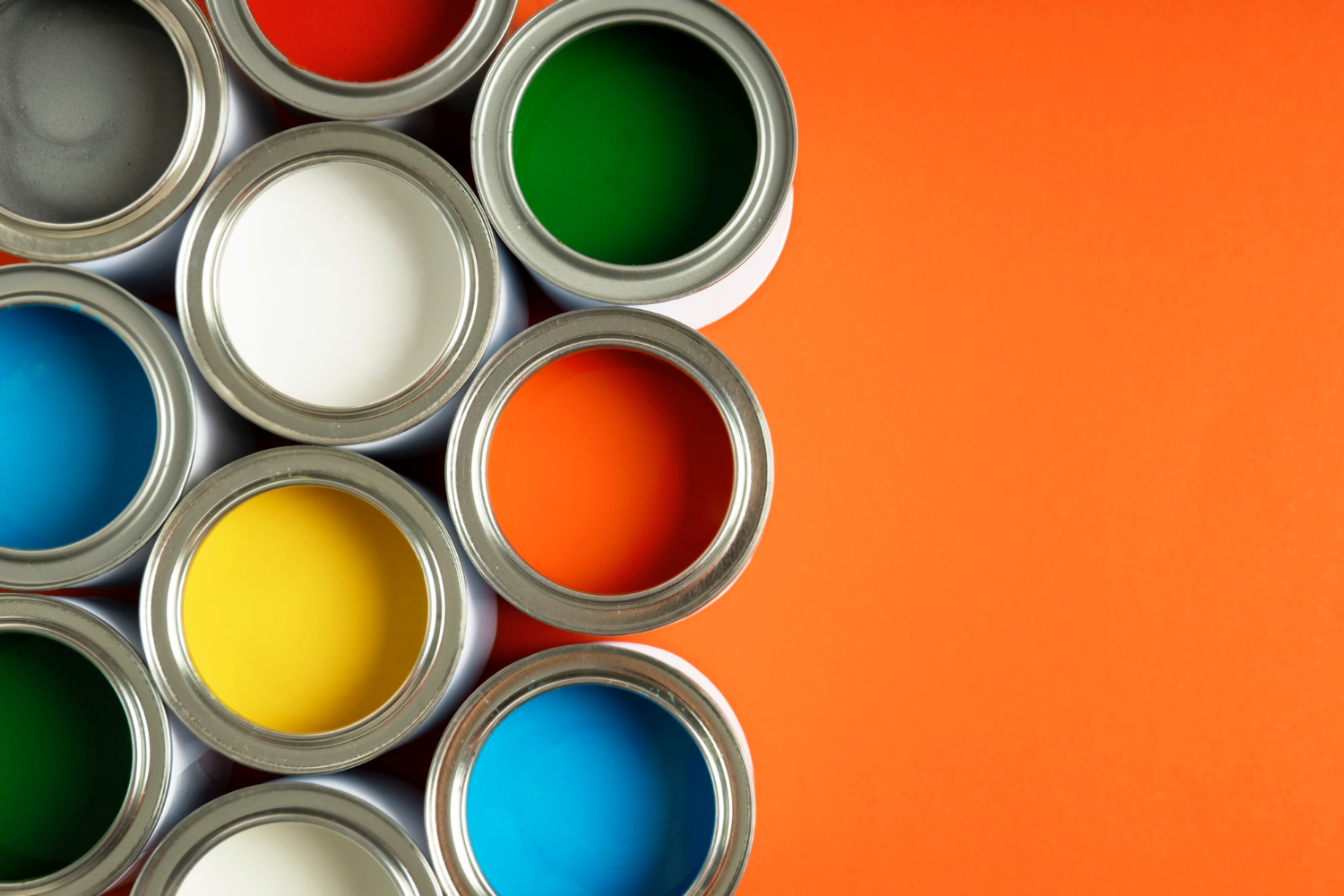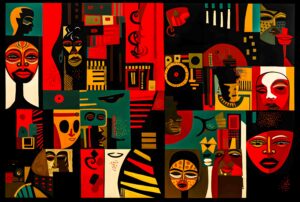
Color is one of the basic elements given to an artist in this world of art, hence giving them power to show emotions in a composition and give responses to the views. From the bright shades at a setting of the sun to the dull hues on a rainy day, colors are indeed one way of speaking without a voice: transcending culture and language. This essay will help us understand what role color plays in art and may give some insights into how color affects our feelings, perception, and, ultimately, experience of visual stimuli.
The Psychology of Color
Color theory draws on both the science and psychology of how different colors evoke definite emotional and psychological reactions guiding artists in their efforts to evoke mood and meaning through the visual. Understanding the psychological subtleties of color allows artists to wield powerfully the vehicle through which they create experiences that resonate beyond language and culture.
Color Theory and Emotional Response
Color theory is rooted in science and psychology; it explains how the different colors produce specific response effects emotionally and psychologically. For instance, the warm color of red, orange, and yellow could provoke an atmosphere full of energy, warmness, and passion, while the cool color of blue, green, purple means peacefulness, tranquility, and serenity. Understanding these associations allows artists to strategically use color to convey mood and atmosphere in their work.
Cultural Influences on Color Perception
Some of these color associations, however, have universal interpretations, far more meaning the color differences. For example, white denotes purity and innocence among Western cultures, but the color is worn to indicate mourning and death among most Eastern cultures. Likewise, red may be lucky and stand for wealth in some cultural contexts, while it may represent danger or a warning in others. This knowledge of the cultural disparities becomes important to an artist seeking to reach effective communication among diverse audiences.
The Emotional Impact of Color in Art
In the world of art, color serves as a powerful medium that gives works of the artist the depth and resonances they need in order to let emotional expression out. Artists can even manipulate colors to bring out varied emotional responses that allow connections right into the hearts of the viewers
Expressive Potential of Color
Therefore, color is a powerful expressive means for an artist in the process of building his scope of complex feelings and themes by the visual image; he may create the composition either with sharply contrasting hues or with subtle, softened tones. Through these ways, they make dynamic compositions that communicate to the viewer in a deeply meaningful manner. They may even heighten the emotional effect of the painting through color relationships of complementary, analogous, or monochromatic schemes.
Evoking Personal Responses
The color works highly on an emotive structure within the art, though on a strictly personal level and under the influence of experience, memory, and association. This may tend to provoke different answers to some extent, depending on the viewers’ personal background and cultural influence, for a given color or combination of colors. The subjectiveness brings out the depth and fullness of a viewer’s interpretation and, therefore, fosters a unique and personal connection to the artwork.
Understanding Color Symbolism
The color symbolism fills in the layers of meaning; it provides the visual narrative with strong, rich cultural and historical significance. This exploration into the symbolic associations of colors ensures that their works are both rich in depth and resonance, encouraging viewers to read into the meanings and requiring them to interact with the artworks on several levels.
Symbolic Meanings of Color
The colors are generally symbols with meanings that change from one culture or context to another. For example, blue may stand for trust, stability, wisdom, while yellow for optimism, happiness, and energy. In this respect, these can further develop the storytelling aspect of a work of art, adding more layers of meaning and reaching another depth in the experience of visual perception.
Symbolic meanings of colors do not stay in one place but have actually changed through time and vary from culture to culture. For example, the color purple symbolizes royalty and riches because it was linked to a rare and expensive dye, which had been used since ancient times. This may still evoke the idea of luxury or sophistication today, but its symbolism has shifted to include ideas of spirituality and creativity.
The Endless Palette of Possibilities
Color is a power that reaches into psychology, emotion, and symbolism; subtleties go beyond the work of an artist. Artists learned the subtleties of color, which gives them yet another potent weapon by which to develop emotionally affecting experiences for those who view their work, in spite of language and cultural differences.
This would lead us to a world without limit through colors: from hue to hue, learning the stories of human expression painted on the canvas called life.



